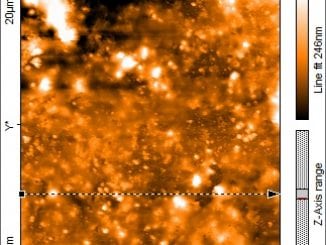
General Topics
Small Particles – Big Problems
Tiny particles are all over around us and sometimes they may create problems. This is especially of concern with metal particles formed due to wear in man-made engineering devices. Particles formed in car disk brakes […]